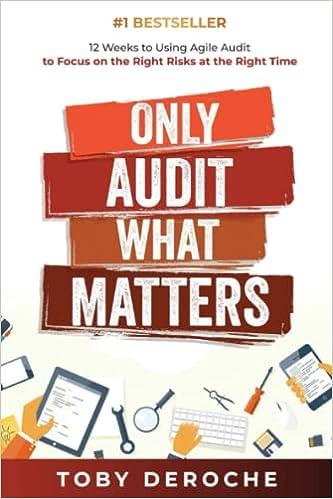Question
(Please Give a Clear Answer That is Different from the Exiting One) Two partnerships of A & B and C&D began business on Jan 1
(Please Give a Clear Answer That is Different from the Exiting One)
Two partnerships of A & B and C&D began business on Jan 1st 2017; each partnership owns one retail appliance store. The two partnerships agree to combine as of April 1st 2017 to form a new partnership, ABCD Discount Stores. The two businesses agreed upon the following points:
- Profit and loss ratios.
|
| A | B | C | D |
| Old Business Ratio | 40 | 60 | 30 | 70 |
| New Business Ratio | 20 | 30 | 15 | 35 |
- Capital investments. The opening capital investments for the new partnership are to be in the same ratio as the profit and loss sharing ratios for the new partnership. If necessary, certain partners may have to contribute additional cash, and others may have to withdraw cash to bring the capital investments into the proper ratio.
- Accounts receivable. The partners agreed to set the new partnerships allowance for bad debts at 3% of the accounts receivable contributed by A&B and 12% of the accounts receivable contributed by C&D.
- Inventory. The new partnerships opening inventory is to be valued by the FIFO method. B&M used the FIFO method to value inventory (which approximates its current value), and A&J used the LIFO method. The LIFO inventory represents 85% of its FIFO value.
- Property and equipment. The partners agree that the buildings current value is approximately 70% of the buildings historical cost, as recorded on each partnerships books.
- Unpaid liability. After each partnerships books were closed on 31st March 2017, an unrecorded merchandise purchase of $1,500 by A&B was discovered. The merchandise had been sold by 31st March 2017.
- The 31st March 2017 post closing trial balances of the partnerships was as follow.
| Account | A&B Balance 31st March 2017 | C&D Balance 31st March 2017 | ||
| Cash | 25,000 |
| 22,000 |
|
| Accounts Receivable | 200,000 |
| 250,000 |
|
| Allowance for doubtful accounts |
| 4,000 |
| 15,000 |
| Inventory | 175,000 |
| 119,000 |
|
| Building & Equipment | 107,000 |
| 169,000 |
|
| Accumulated Depreciation |
| 24,000 |
| 61,000 |
| Accounts Payable |
| 140,000 | 160,000 | |
| Notes Payable |
| 100,000 |
| 120,000 |
| As Capital |
| 95,000 |
|
|
| Bs, Capital |
| 144,000 |
|
|
| Cs Capital |
|
|
| 65,000 |
| Ds Capital |
|
|
| 139,000 |
| Totals | 507,000 | 507,000 | 560,000 | 560,000 |
Required:
- Prepare the journal entries to record the initial capital contribution after considering the effect of this information. Use separate entries for each of the combining partnerships.
- Prepare a schedule computing the cash contributed or withdrawn by each partner to bring the initial capital balances into the profit and los sharing ratio.
Step by Step Solution
There are 3 Steps involved in it
Step: 1

Get Instant Access to Expert-Tailored Solutions
See step-by-step solutions with expert insights and AI powered tools for academic success
Step: 2

Step: 3

Ace Your Homework with AI
Get the answers you need in no time with our AI-driven, step-by-step assistance
Get Started


